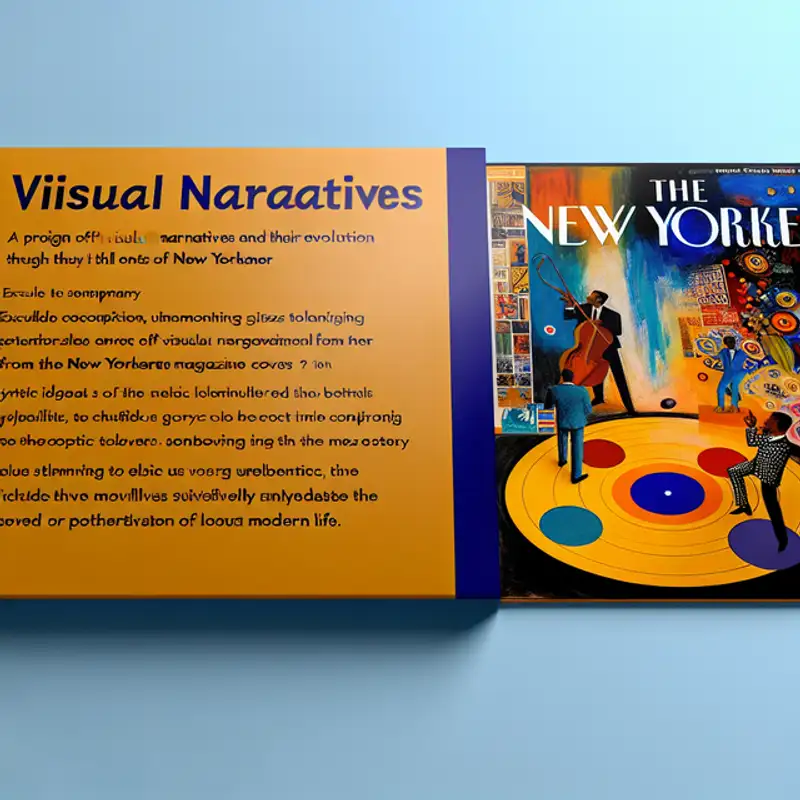 Episode
Episode
· 01:32
Welcome to today's episode of our podcast, where we explore how The New Yorker’s covers have redefined visual storytelling over the past century. Since 1925, The New Yorker has uniquely communicated the essence of American—and specifically New York City—culture through illustration alone, creating a “wordless space” in magazine publishing.
As noted in a recent article, “the absence of copy is arresting,” challenging traditional norms where photography dominates covers. While other magazines have adapted to selling through celebrity images, The New Yorker does something different—using art to convey deeper messages.
Through a succession of brilliant art directors, including the long-serving Françoise Mouly, the magazine has remained committed to illustration, believing it can evoke an emotional response that transcends written words. Mouly insists, “artists are able to say new things about the same themes year after year,” capturing the complexities of modern life.
From Saul Steinberg’s iconic “view of the world from 9th Avenue” to the poignant black cover after 9/11, these illustrations invite us to see the world through new lenses. The beauty of The New Yorker cover lies not just in the visual, but in its power to resonate emotionally with its audience.
Join us again next time as we delve deeper into the world of design and storytelling.
Link to Article
Listen to jawbreaker.io using one of many popular podcasting apps or directories.